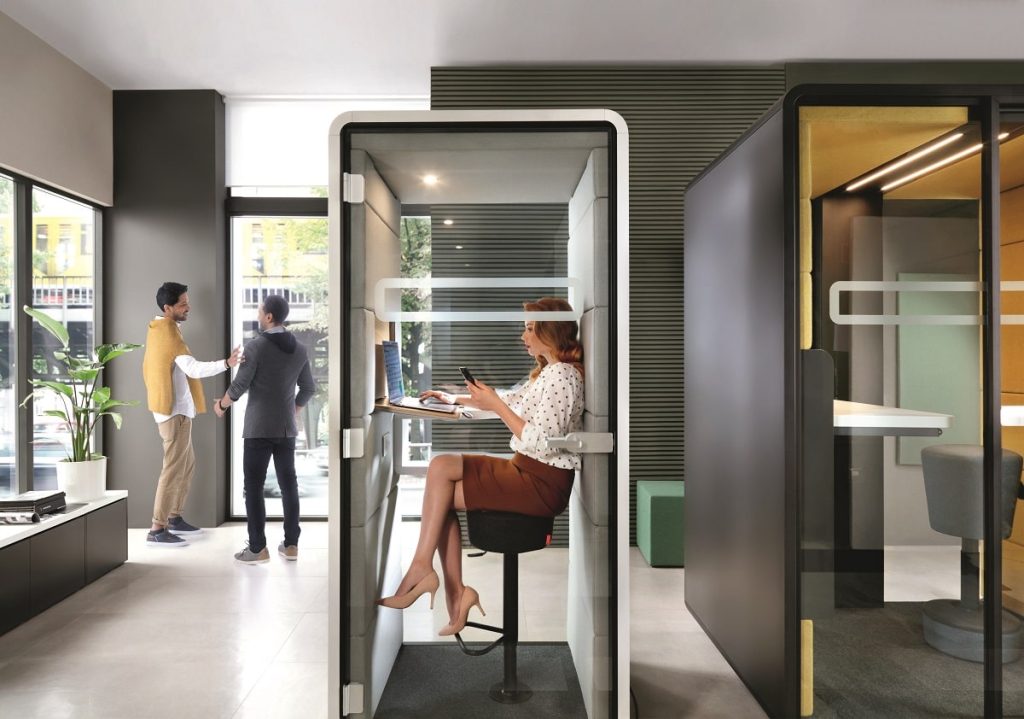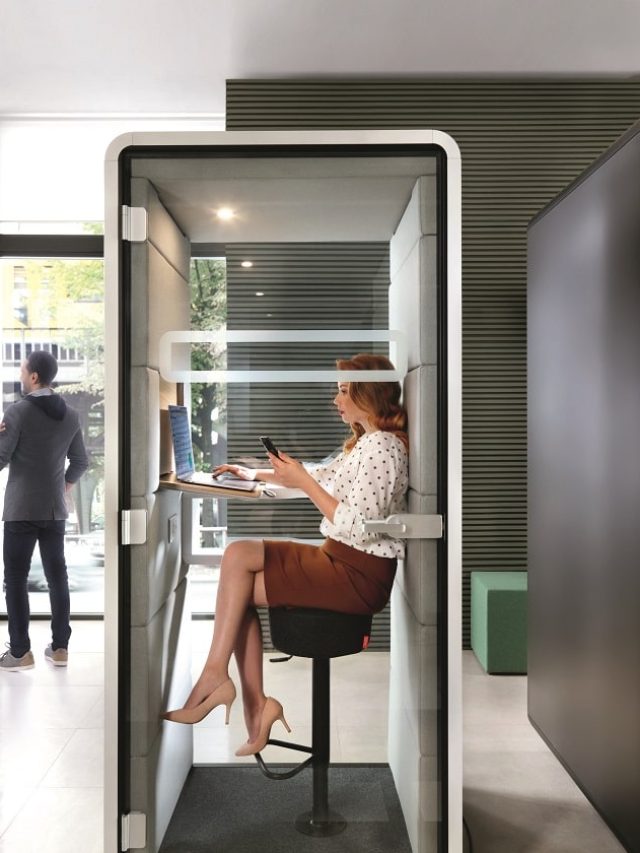Elements in a Digital Nomad Workplace
Experts estimate that by 2035, over a billion people will acclimate to a life of digital nomadism. Reliable and inexpensive technology combined with employees’ growing mobility gives rise to a new way of living and working called digital nomads. As the digital nomad lifestyle gains popularity, understanding the architecture of workplaces tailored for these modern wanderers becomes imperative. Digital nomads thrive on flexibility, creativity, and functionality, which is why their workplace design plays a pivotal role. Today, we interrogate key architectural elements that make a digital nomad workplace effective, comfortable, and inspiring.
1. Open-Concept Spaces
Open-concept designs have become a staple in workplaces, especially for digital nomads who often seek collaboration and networking opportunities. These spaces, such as office lobbies are a hotspot for interaction among professionals from diverse backgrounds, fostering a sense of community. One can do so by curating movable and adaptable furniture. The digital nomad workplaces must also have dedicated zones for informal meetings or socialisation.

2. Biophilic Design
Biophilic design—integrating natural elements into architecture—has been shown to reduce stress and enhance productivity. Digital nomad workplaces must incorporate natural light via large windows and skylights. They may even opt for indoor plants or vertical gardens. If you wish to go further, the design may include an outdoor maze garden and manicured hedges.

3. Adaptable Spaces
Digital nomads pride themselves on their work-life balance. Hence, their workspaces must also be versatile. This can be done using modular furniture; reconfigurable desks or chairs. These workplaces might also include soundproof booths for greater concentration. These spaces must also become project rooms, phone booths, hot desks, rentable huddle spaces, and conference rooms.
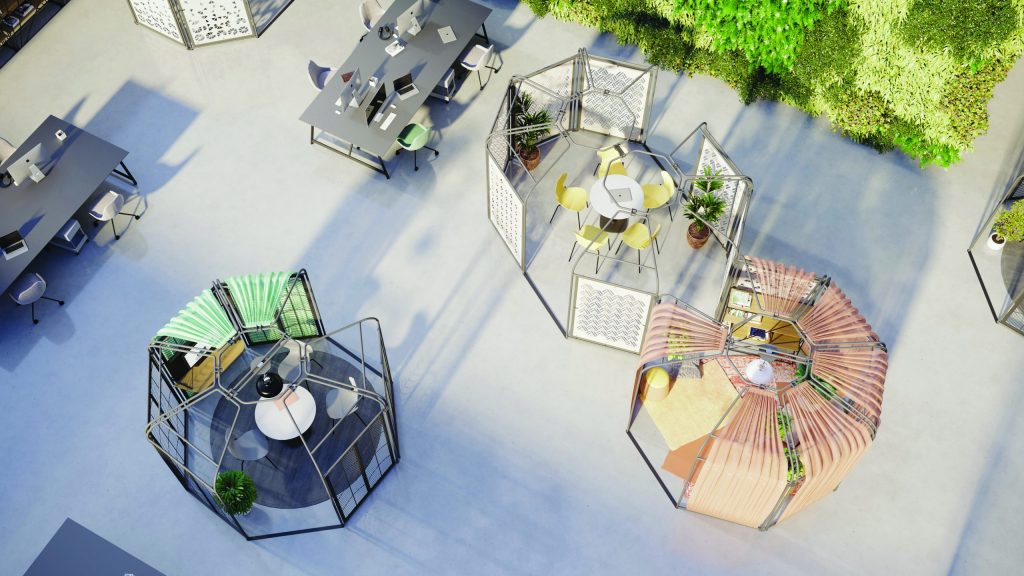
4. Seamless Connectivity
Since digital nomads work out of offices, they must always be in touch with technology. A well-designed digital nomad workplace must offer great technological infrastructure. These spaces must possess high-speed internet access and generously spread out charging stations.
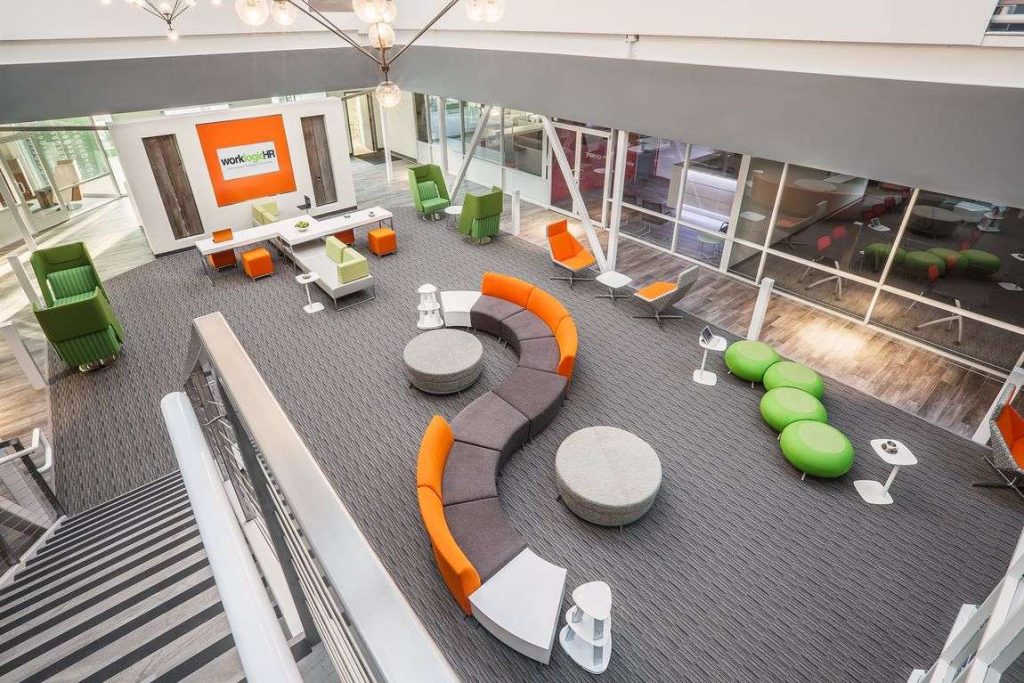
5. Aesthetic Appeal
A digital nomad workplace must also offer cultural currency. Their immediate environments must inspire and energize them. Hence, spatial design must rely heavily on colour psychology and its influence on mood. Incorporating local art and cultural elements will also prove to be enriching. Some nomads prefer to enjoy a “workation.” To appease them, comfy couches, expansive terraces, and beautiful cafes are all you need.
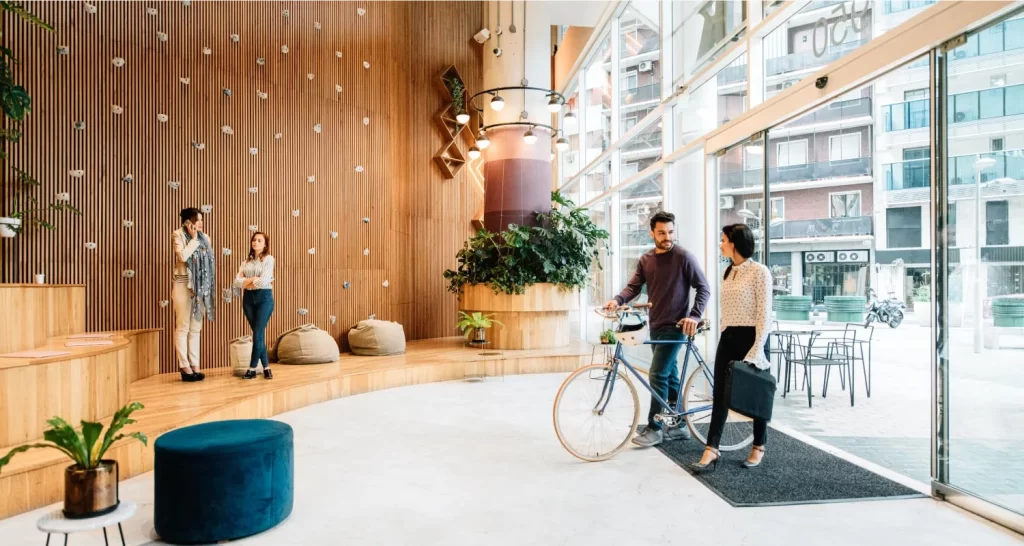
6. Wellness Centric Design
Despite being a workplace, the design must not remind you of one. The seating must be strategically designed to allow nomads to enjoy their time both inside and outside of the building. There must be designated spots to relax and play. This may include yoga spots, art installations, and built-in board games like chess or Monopoly.
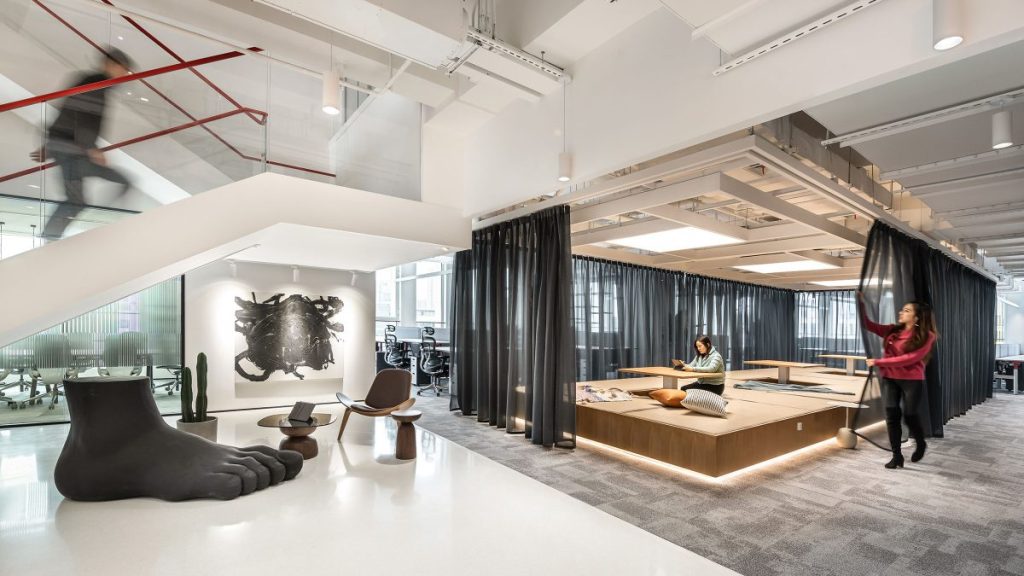
By optimizing these elements, businesses can not only attract digital nomads but also create an environment that enhances their overall experience and productivity.
Image Courtesy – Hushoffice.com

